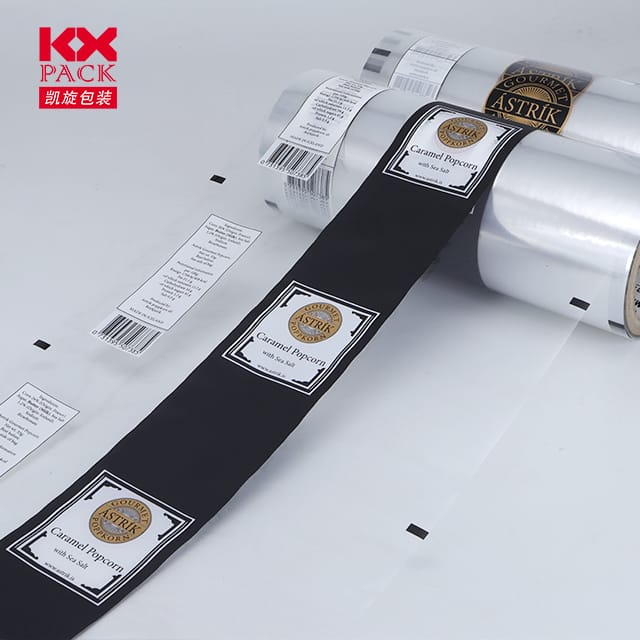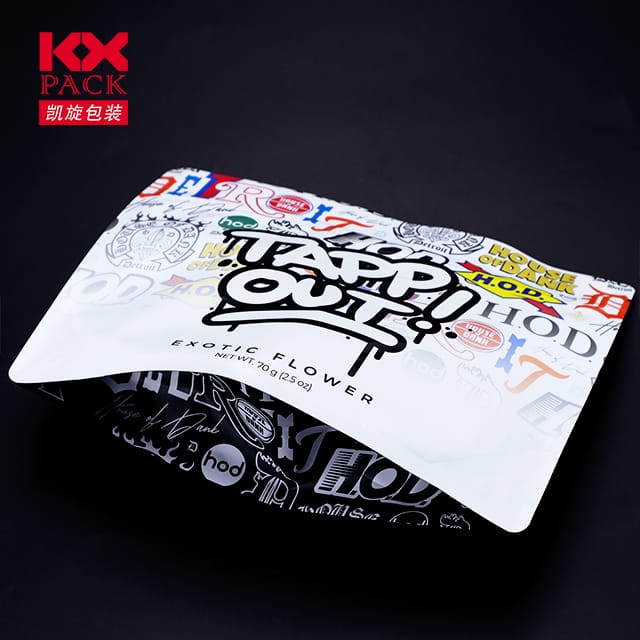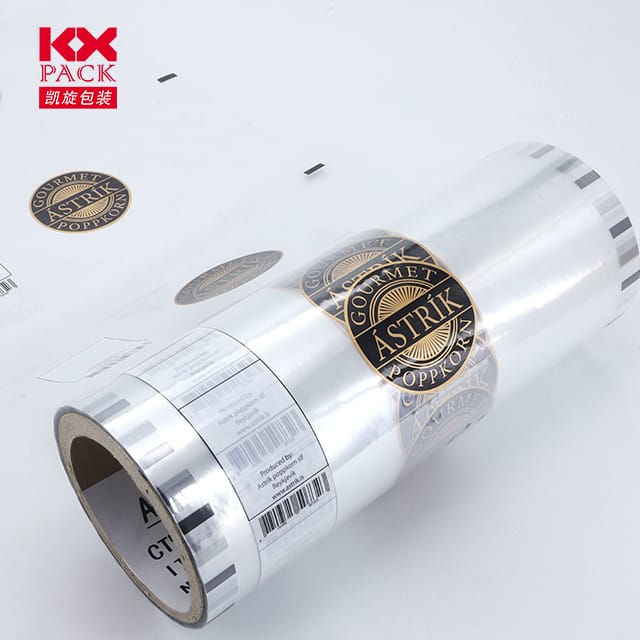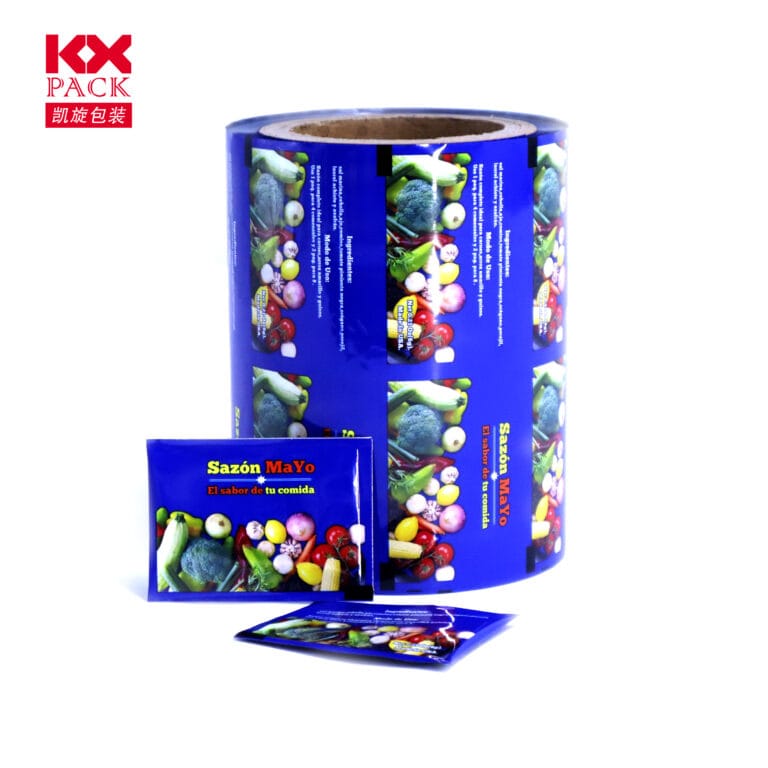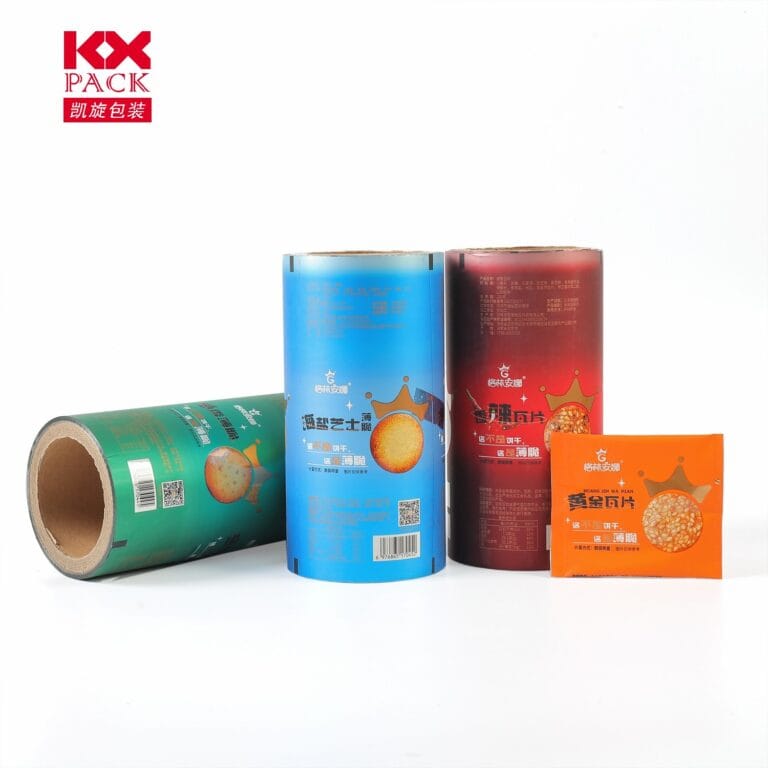Jenis Filem Pembungkusan Fleksibel: Panduan komprehensif untuk aplikasi moden
Filem pembungkusan yang fleksibel
Dalam dunia yang serba pantas hari ini, Filem pembungkusan yang fleksibel has become a cornerstone of industries ranging from food and beverages to pharmaceuticals and personal care. Fleksibiliti, ketahanan, dan keberkesanan kos filem fleksibel menjadikan mereka sesuai untuk melindungi produk semasa meningkatkan rayuan rak. Namun begitu, Dengan pelbagai jenis filem yang ada, selecting the right option for your specific needs can be overwhelming. This guide explores the most common flexible packaging film types, their unique properties, and applications.
1. Polietilena (PE) Filem
Polyethylene is a workhorse in flexible packaging due to its exceptional flexibility, rintangan kimia, and moisture barrier properties.
- Jenis:
- LDPE (Low-Density PE): Offers high clarity and tear resistance, often used for shrink wraps and frozen food packaging.
- Llde (Linear Low-Density PE): Stronger than LDPE, with superior puncture resistance, ideal for heavy-duty bags and industrial liners.
- HDPE (High-Density PE): Rigid and opaque, used for bottles, containers, and non-food applications like detergent pouches.
- Aplikasi: Pembungkusan makanan, frozen goods, industrial liners, and agricultural films.
2. Polipropilena (PP) Filem
Known for its high melting point and stiffness, Filem pembungkusan yang fleksibel are favored in applications requiring heat resistance.
- Jenis:
- Bopp (Biaxially-Oriented PP): Glossy and transparent, used for snack packaging, Label, and overwrap.
- CPP (Cast PP): Heat-sealable and flexible, ideal for lid seals, flow wraps, and medical packaging.
- Aplikasi: Microwaveable packaging, snack foods, Label, dan peranti perubatan.
3. Poliester (PET) Filem
PET’s superior tensile strength, kejelasan, and gas barrier properties make it a premium choice for products needing extended shelf life.
- Jenis:
- BoPET (Biaxially-Oriented PET): High-gloss and dimensionally stable, used for printed laminates, elektronik, and coffee bags.
- APET (Amorphous PET): Transparent and formable, suitable for thermoformed trays and blisters.
- Aplikasi: Botol minuman, food trays, elektronik, dan farmaseutikal.
4. Aluminium foil laminates
Aluminum foil provides unparalleled barrier protection against light, oksigen, dan kelembapan, making it critical for sensitive products.
- Structure: Often laminated with PE or PP for flexibility and heat-sealability.
- Aplikasi: Coffee packets, pet food, Produk tenusu, and pharmaceutical blisters.
5. Filem Biodegradable
As sustainability gains traction, biodegradable films made from PLA (Asid polylactic), Pha (Polyhydroxyalkanoates), or starch-based materials are rising in popularity.
- Kelebihan: Compostable, mengurangkan sisa plastik.
- Cabaran: Higher cost and sensitivity to moisture.
- Aplikasi: Fresh produce, organic snacks, dan jenama eko-sedar.
6. Nylon Films
Nylon’s exceptional puncture resistance and gas barrier properties suit it for high-performance applications.
- Jenis: Oriented nylon (ONY) and cast nylon.
- Aplikasi: Vacuum-packed meats, cheese packaging, and industrial parts.
Key Considerations for Selection
- Product Sensitivity: Choose films with high barriers for oxygen-sensitive items (Mis., kopi, kacang).
- Temperature Requirements: Filem pembungkusan yang fleksibel or nylon for heat resistance; PE for cold storage.
- Sustainability Goals: Opt for biodegradable or recyclable materials.
- Kecekapan kos: Balance performance with budget—e.g., PET for premium products vs. PE for cost-sensitive markets.
Trend pasaran
- Kelestarian: Brands are increasingly adopting biodegradable and recyclable films to meet eco-conscious consumer demands.
- Inovasi: Advances in nanotechnology and smart packaging (Mis., time-temperature indicators) are enhancing functionality.
- Pematuhan Peraturan: Pematuhan dengan FDA, EU, and local regulations for food contact and recyclability is non-negotiable.
Kesimpulan
Selecting the right flexible packaging film is a blend of science and strategy. By understanding material properties, application requirements, dan trend pasaran, businesses can optimize product protection, kehidupan rak, and brand appeal. As the industry evolves toward greener solutions, staying informed about biodegradable alternatives and innovative technologies will be key to future-proofing your packaging strategy.
Whether you’re packaging perishable goods, medical supplies, or industrial components, the perfect film exists—it’s just a matter of knowing where to look!

